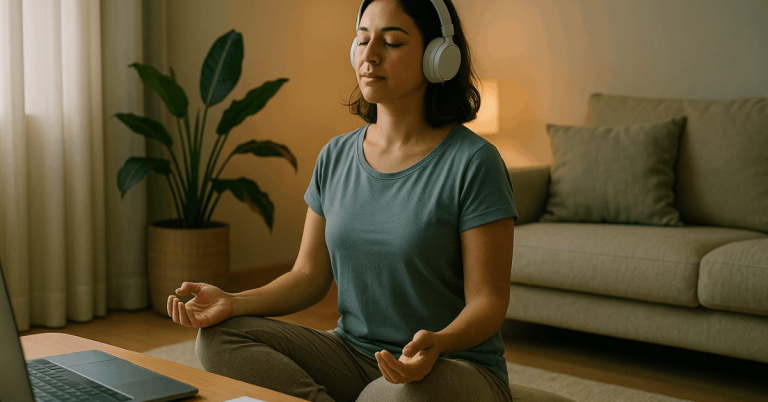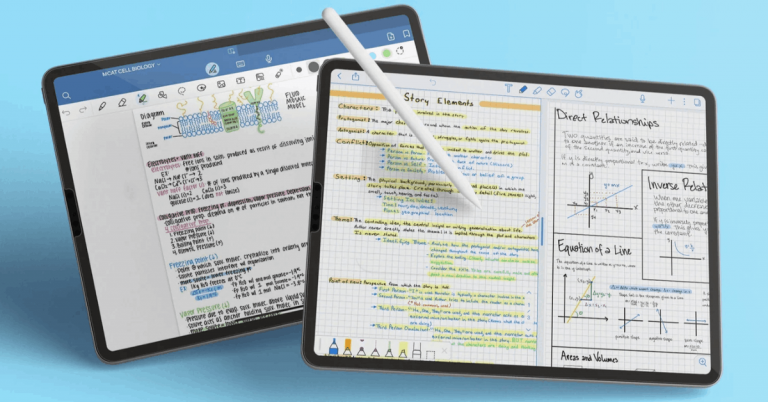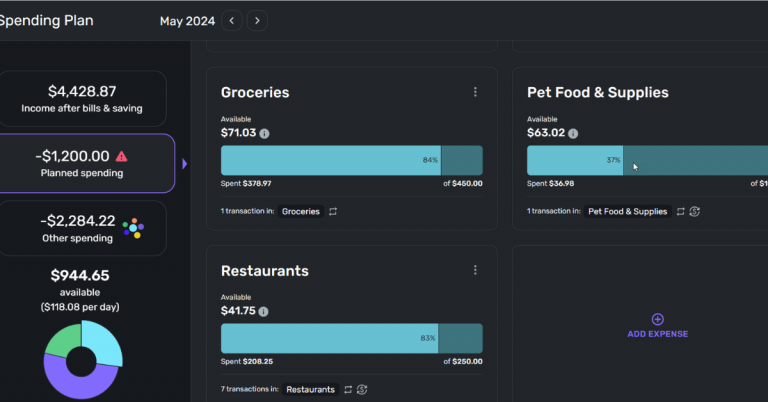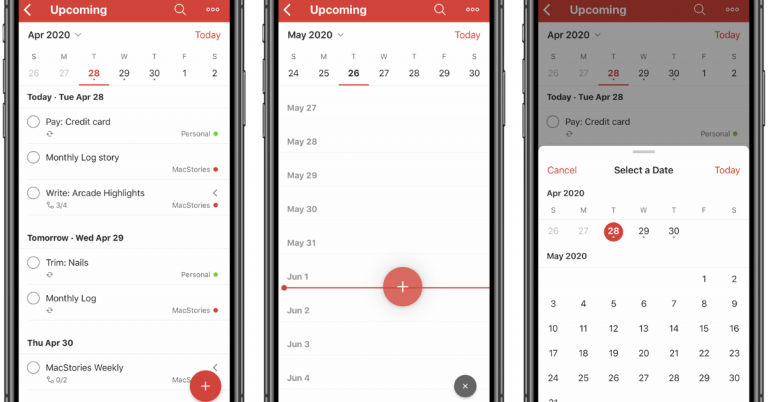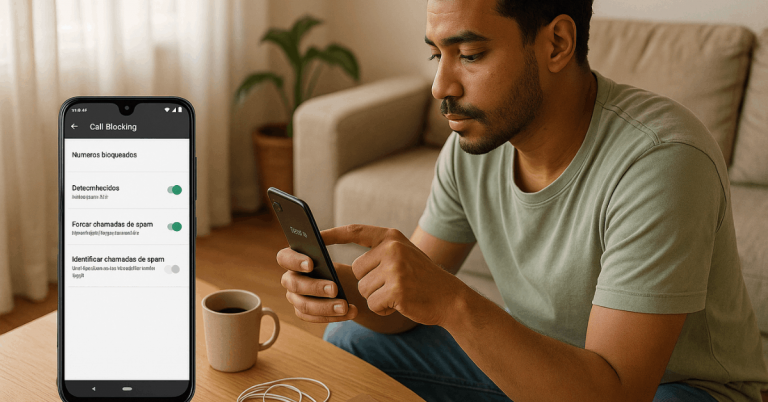If you are looking for apps to learn photography basics, this guide shows why mobile and desktop tools are the fastest way to build real skills.
You will learn how targeted apps teach exposure, composition, and editing through guided lessons and hands-on practice. The recommendations focus on platforms with documented features, active support, and trustworthy privacy policies.
By the end, you will know what to install, what to evaluate, and how each app accelerates your path from beginner to confident creator.

Why Learning Photography Basics Through Apps Works Today
Smartphone and desktop apps turn abstract concepts into step-by-step actions you can test immediately with your own camera.
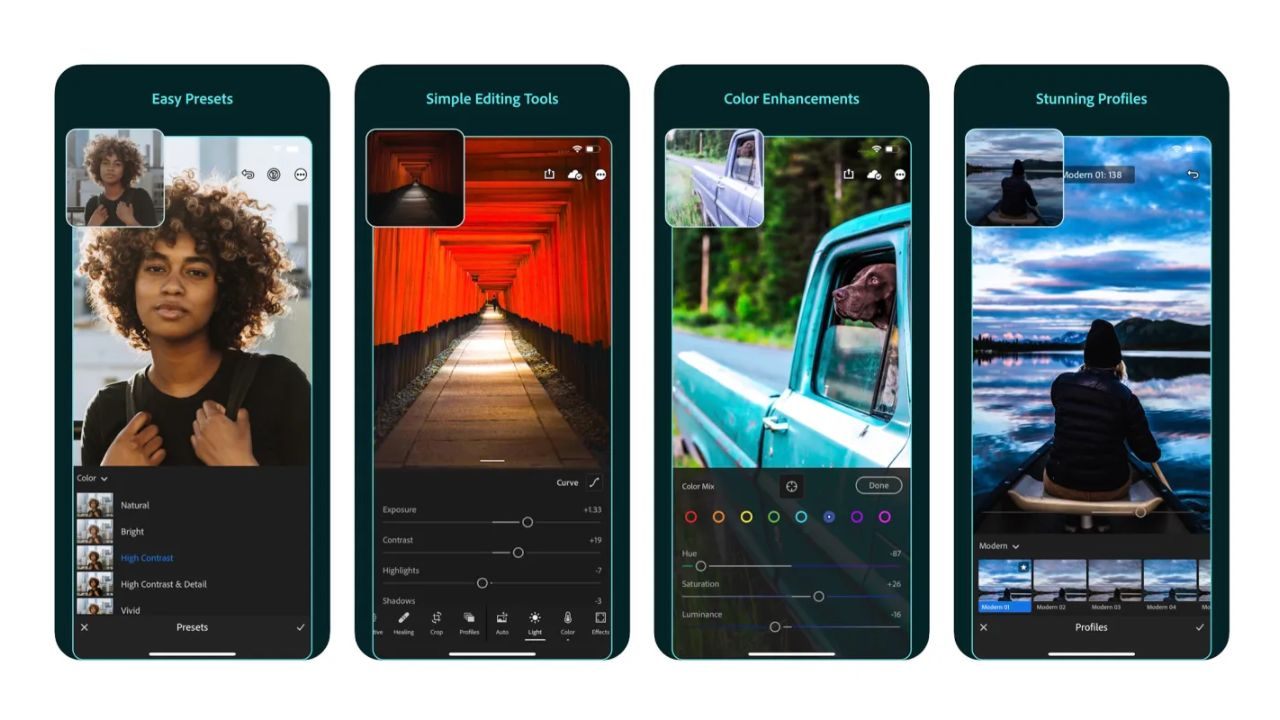
Interactive tutorials, sample files, and checklists make exposure, focus, and color less intimidating for newcomers.
Platforms now blend lessons with built-in cameras and editors, so practice happens where you learn.
This tight loop shortens the time from theory to results and keeps motivation high when you see instant improvements.
Apps Put Lessons and Practice in the Same Place
Modern learning tools pair guided walkthroughs with live editing or capture, which helps you connect settings to outcomes.
Adobe’s Lightroom app, for example, offers beginner tutorials alongside a full editor and camera so you can learn and try techniques without switching tools.
Because everything syncs, you can start a lesson on your phone and refine the same image on another device. The convenience keeps you practicing consistently while the concepts are still fresh.
Structured Courses Fit Around Real Life
Course platforms deliver short video segments, downloadable resources, and projects you can complete between commitments.
Providers such as Coursera and LinkedIn Learning publish beginner tracks that cover essentials like camera control, composition, and lighting.
You can stream lessons on mobile and revisit transcripts or assignments whenever you need a refresher. This flexibility turns fragmented time into steady progress without sacrificing depth.
Calculators and Planners Remove Guesswork
Specialized apps demystify exposure, depth of field, and timing by turning math into clear on-screen guidance.
PhotoPills includes tools for hyperfocal distance, field of view, and exposure planning so you can pre-visualize a scene before you press the shutter.
Augmented-reality views and user guides show exactly how changes in aperture or focal length affect the frame. When the numbers make sense, your composition and sharpness improve in predictable ways.
What to Consider When Choosing Apps That Teach Photography
Picking the right learning stack means balancing guided instruction with tools you will keep using after the basics.
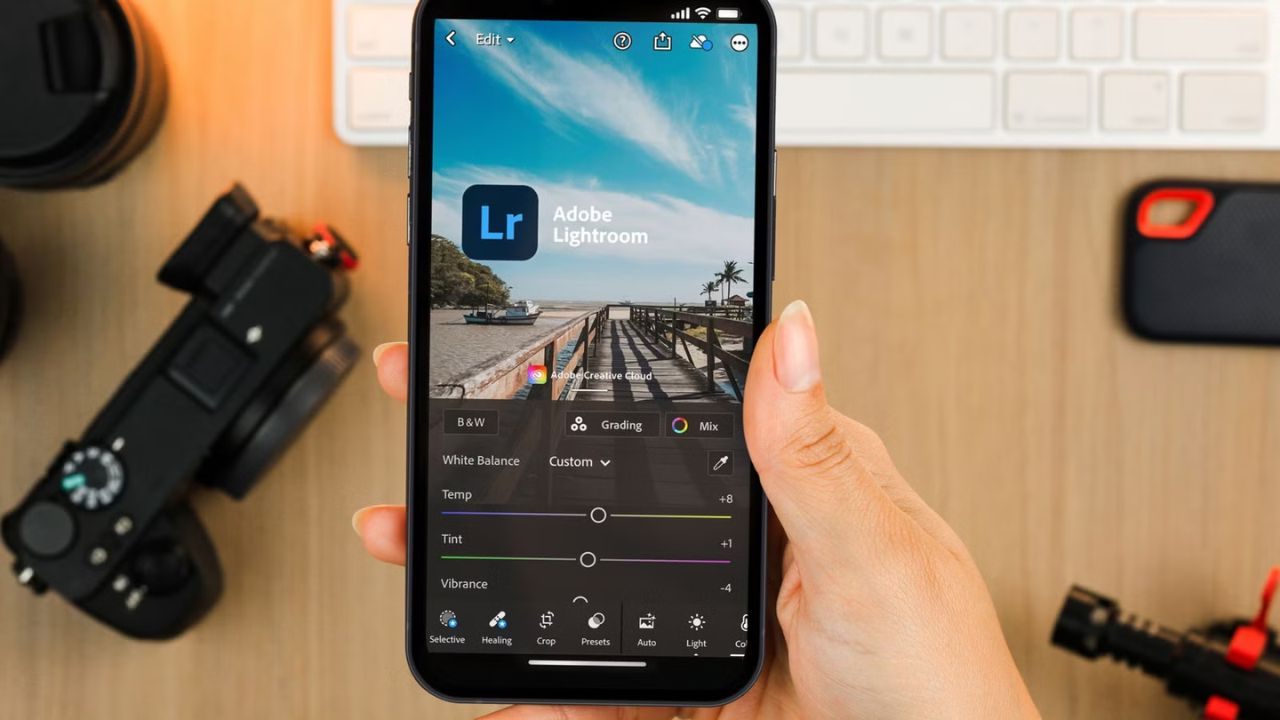
You want a mix of structured courses, practice editors, and technical calculators that match your camera and style.
Reliability, export options, and documentation matter because they reduce friction when you switch devices. The criteria below help you avoid dead ends and focus on apps that compound your effort.
Look for Proven Instruction and Clear Documentation
Choose apps or platforms that publish official tutorials, syllabus pages, or user guides so you know exactly what you will learn.
Lightroom’s tutorial hub, for instance, explains features for mobile and desktop with beginner-friendly projects and sample files.
Course platforms like Skillshare and Coursera reveal outlines, instructors, and expected outcomes before you enroll. Transparent documentation makes it easier to plan your path and measure progress week by week.
Evaluate Cross-Device Sync and Offline Access
A good learning app should sync edits, notes, and checkpoints so you can continue on another device without losing context.
Editors such as Lightroom preserve non-destructive changes and RAW support, which keeps your practice files flexible as you learn.
Course apps that cache lessons for offline viewing help you turn low-signal time into productive study sessions. Sync and offline features together keep your routine steady even when your schedule is not.
Check Update Momentum and Feature Stability
Look for products with visible release activity and clear feature pages so you can trust the roadmap.
Snapseed’s recent iOS update shows that even mature editors continue to refine interfaces and add capabilities for mobile creators.
Active development reduces breakage and keeps your tools aligned with modern file formats and workflows. Stability matters because a reliable stack lets you focus on making images instead of troubleshooting.
Apps to Learn Photography Basics: Editors, Planners, and Courses
The most effective path combines a practice editor, a technical planner, and a structured course library.
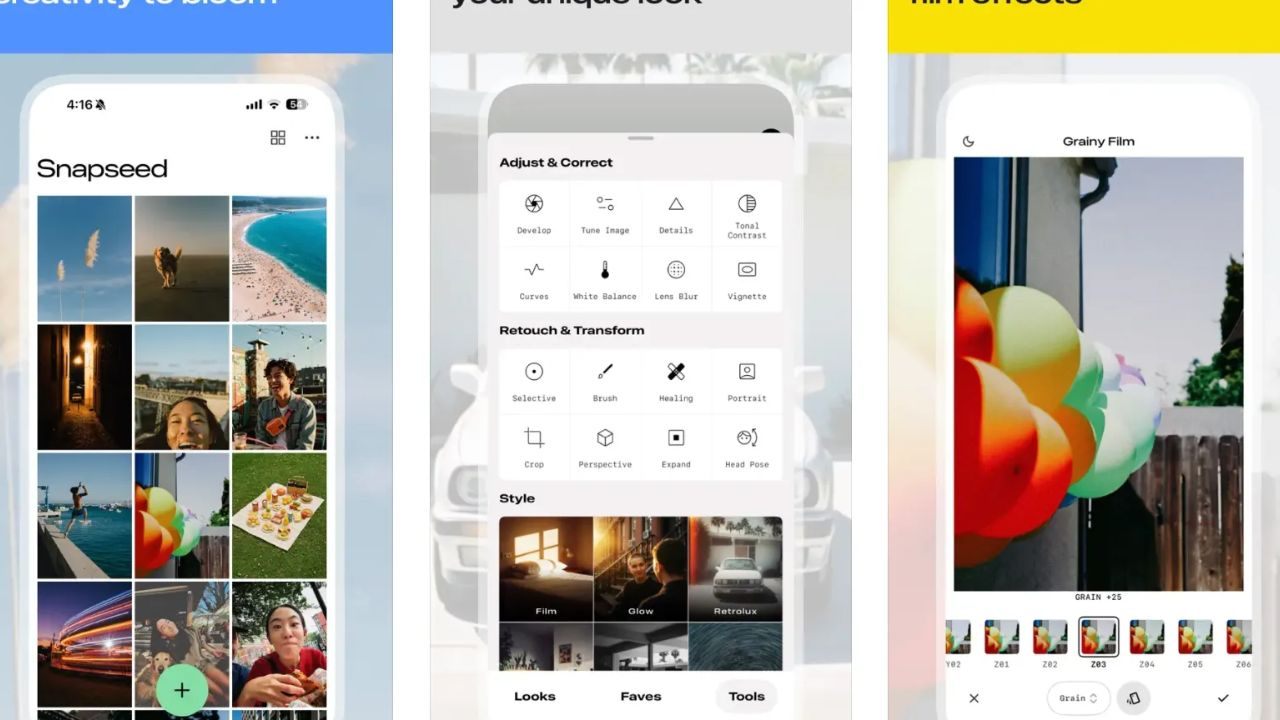
This trio covers capture, craft, and concept, giving you both immediate results and long-term foundations.
Each app named below is supported by official sites, help centers, or course catalogs. Use them together to turn curiosity into a repeatable learning habit anchored by real images.
Camera and Editing Apps for Hands-On Learning
Adobe Lightroom on mobile teaches you through interactive tutorials and then lets you shoot or import photos to apply each technique.
The app supports RAW editing, non-destructive adjustments, and cloud sync so your practice scales as you improve.
Snapseed, developed by Google, offers precise tools like Healing, Perspective, and selective edits for fast experiments on the go. Pairing these editors gives you guided learning plus a nimble sandbox for daily practice.
Planning and Technical Foundations Apps
PhotoPills equips you with exposure, depth-of-field, and field-of-view calculators, along with planning tools for sun and moon positions.
Its user guide and videos explain how aperture, focal length, and focus distance interact so you can predict sharpness before you shoot.
Canon Photo Companion adds brand-specific lessons, tips, and camera walkthroughs that are handy if you use Canon bodies. Together, these tools remove guesswork and help you make deliberate choices in the field.
Course Platforms with Beginner-Friendly Tracks
Coursera hosts multi-week specializations that cover fundamentals from camera control to composition with peer feedback and certificates.
LinkedIn Learning provides beginner classes that build a solid foundation and can be watched inside its mobile app.
Skillshare and Domestika offer project-based lessons across genres, giving you quick wins and community critique. These platforms complement your editors by teaching the why behind every slider and setting.
How to Build a Learning Workflow That Actually Sticks
Consistency matters more than intensity, so design a simple loop you can repeat three or four times a week.
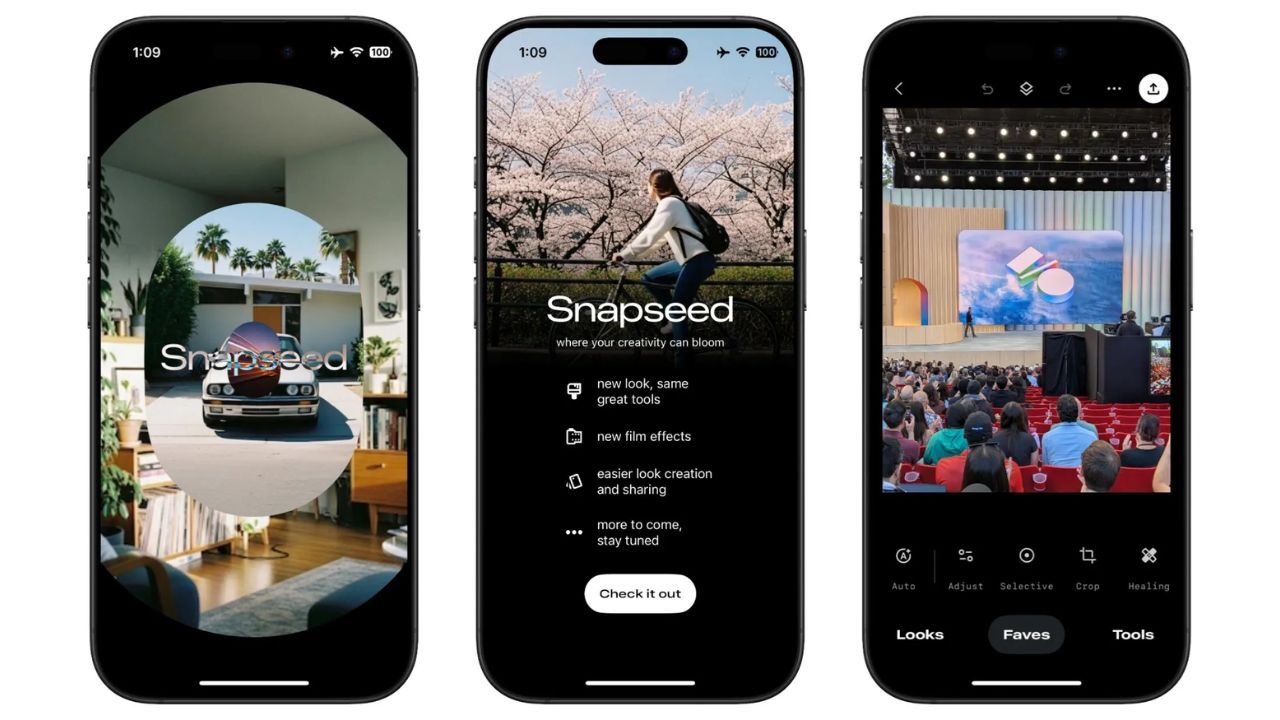
Start with a short lesson, apply it to a real photo in your editor, and log one takeaway in a notes page.
On weekends, review your edits and plan a shoot using a planner so you practice in new light. This rhythm turns scattered tips into measurable skill gains without overwhelming your schedule.
A Weekly Cycle That Blends Lessons and Shooting
Pick one course module that teaches a single idea such as shutter speed or composition lines and complete it early in the week.
Open your editor and apply the concept to two or three files, saving versions so you can compare outcomes.
Use a planner to schedule a brief sunrise, blue-hour, or indoor session that reinforces the same idea outdoors. End the week by annotating what worked and what to change before the next cycle.
Track Progress with Reproducible Exercises
Create a recurring checklist for exposure triangles, focusing steps, and framing decisions that you can run in any location.
Keep sample files in a dedicated album so you can retest edits when your app adds new tools or tutorials.
Non-destructive editors make this easy because you can roll back or branch versions without losing the original. Repeatable exercises help you separate real improvement from lucky conditions.
Share Work for Feedback and Accountability
Upload one image per week to a course community or peer group and ask for critique about a specific choice you made.
Reference the lesson you studied so reviewers focus on the same principle and give actionable notes.
Many course platforms host project galleries that let you compare approaches and borrow ideas ethically. Feedback shortens the learning curve because it reveals blind spots you cannot see alone.
Conclusion
You now have a focused plan to use apps to learn photography basics without guesswork or overload. Start with one editor, one planner, and one course app so lessons translate directly into better captures and cleaner edits.
Favor tools with official tutorials, active updates, and export options because they keep your momentum steady. With a consistent weekly loop of lesson, practice, and review, your photos will improve faster than you thought possible.

